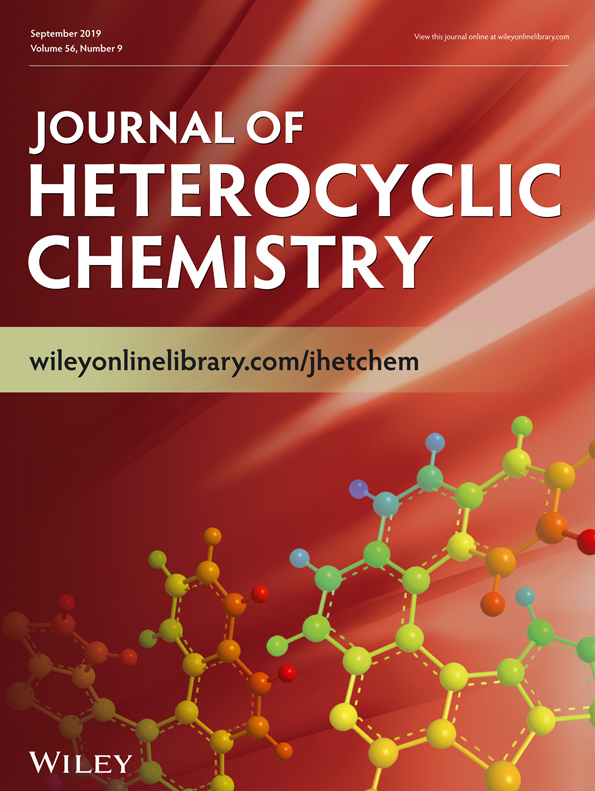Design, Regiospecific Green Synthesis, Chemical Computational Analysis, and Antimicrobial Evaluation of Novel Phthalazine Heterocycles
Abstract
Phthalazines have received considerable attention for their wide antimicrobial activity. Regiospecific nucleophilic attack of 4-benzylphthalazin-1-ol by the 1-oxo rather than the aza group on different alkyl halides gave novel phthalazine heterocyclic derivatives. Moreover, a variety of nucleosides bonded to electron-withdrawing groups were synthesized using 4-benzylphthalazine-1-ol. The density functional theory has been used to investigate the electronic structure of the synthesized compounds. All of the synthesized derivatives showed remarkable activity when tested against Gram-positive and Gram-negative bacteria, Aspergillus niger, and Candida albicans. The reactivity of these nucleosides was expected to arise from their bonding with the lone pair of N-atom of the macromolecules of bacteria. These bonding were expected to inhibit the enzyme by forming highly stable complex with lower highest occupied molecular orbital energy. The structures of these synthesized derivatives were established by Fourier transform infrared, 1H-NMR, and 13C-NMR spectroscopic evidence.




